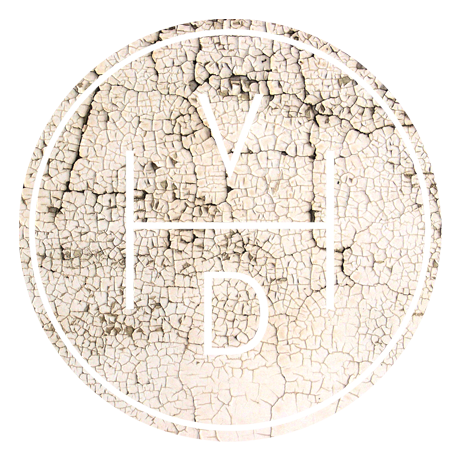Clyde Ormond's Otudoorsman's Handbook
It's interesting when looking at VHD site stats, just how and where people come from to get here. For some reason the VHD picks up a lot of traffic from people searching for "Survival Fishing Kits," a subject that I've never gone into, until now. Now that winter has set in, and course fishing is largely out of season, it's time to make one, and where better to start than Clyde Ormond's survival fishing kit? It's no secret he is one of myoutdoors heroes and luckily his writings contain a lot about fishing. His survival fishing kit from "The Outdoorsman's Handbook" is as follows.
“Dozen fly hooks 10-yard roll of mono filament fishing line Small bobbin of silk thread 6 Paper clips
The 12 hooks should be of assorted sizes, ranging from #12–#4. They should be of the wet-fly types, and of good quality. The majority of hooks should be of average size #6, #8, #10 ...
Half a dozen wooden matches, paraffin dipped to be waterproof, should be included to start a fire for cooking the fish. The entire kit will fit into a plastic envelope, which should be sealed tightly with plastic tape. If it is sewed into the pocket of your fishing jacket, you’ll be sure not to leave it behind when you venture into remote areas.”
Clyde Ormond's Survival Fishing Kit
At the time of writing, Ormond speaks confidently about using this minimal kit in the lesser travelled wilderness areas to easily catch fish. The included paper clips are for constructing make-shift rod guides, which can be lashed to a branch or pole, and the silk thread can be used to make flies–on the fly, so to speak. As well as Ormond's previously featured emergency clothes-pin lure, he also has instructions for tying emergency flies by hand, using equipment in this kit along with everyday scavenged items, everything from scraps of shirttail and aluminium foil, to his own chest hair and found eagle feathers. I'm hoping to try these out in the future.
Clyde Ormond's Survival Fishing Kit
So here we have it, I don't have a fishing jacket, as-such, but this can now live in my hiking and fishing ditty bag, just incase.





